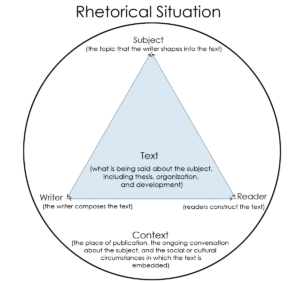- I find that the stereotypes and schemas individuals use to guide their understanding of the world have a very strong, unconscious impact on our judgements and decisions. Specifically, I am curious to follow up more with the different studies that involve focusing on individual’s opinions or perspectives on group diversity within the workplace. I will most likely hope to find a study performed by someone who is an expert with group interaction and the effects of how different demographics can change the group mentality. From these experts, I would hope that they would open up discussion as to why some people are more inclusive than others, why some pride themselves on their uniqueness while others try to blend in. I think it would also be worth the time to find research done by I/O psychologist, who have worked within companies to help improve organizational diversity, maybe shedding some light onto which means of action taken by a company create longer lasting impacts. I am primarily going to be looking into studies done within companies and groups of people, as case studies would insufficient, and potentially researching some survey results taken from groups pertaining to topics like “inclusivity” and “diversity”.
3. In thinking in terms of Harris’s approach focused on in Rewriting, it was simple to use when focusing on Kaplan and Donovan’s article. After reading the text, I think it was easiest to define the intended project; in this case, I would define the project to be “Kaplan and Donovan delve deeper into the unsaid conversations about the key concepts pertaining to workplace diversity and inclusivity. Utilizing these key concepts, although there are plenty of other concepts that are also involved, they set up an example of an employee work day, further analyzing the day through each of the key concepts to create a “visual map” for the audience.” I think that this article is mainly to show how in everyday situations, these concepts can be found. Through their deeper analysis, the pair seem to have found ways to jog the mind of the audience, to have them also consider the concepts they have intended for identifying means of diversity and inclusion.

